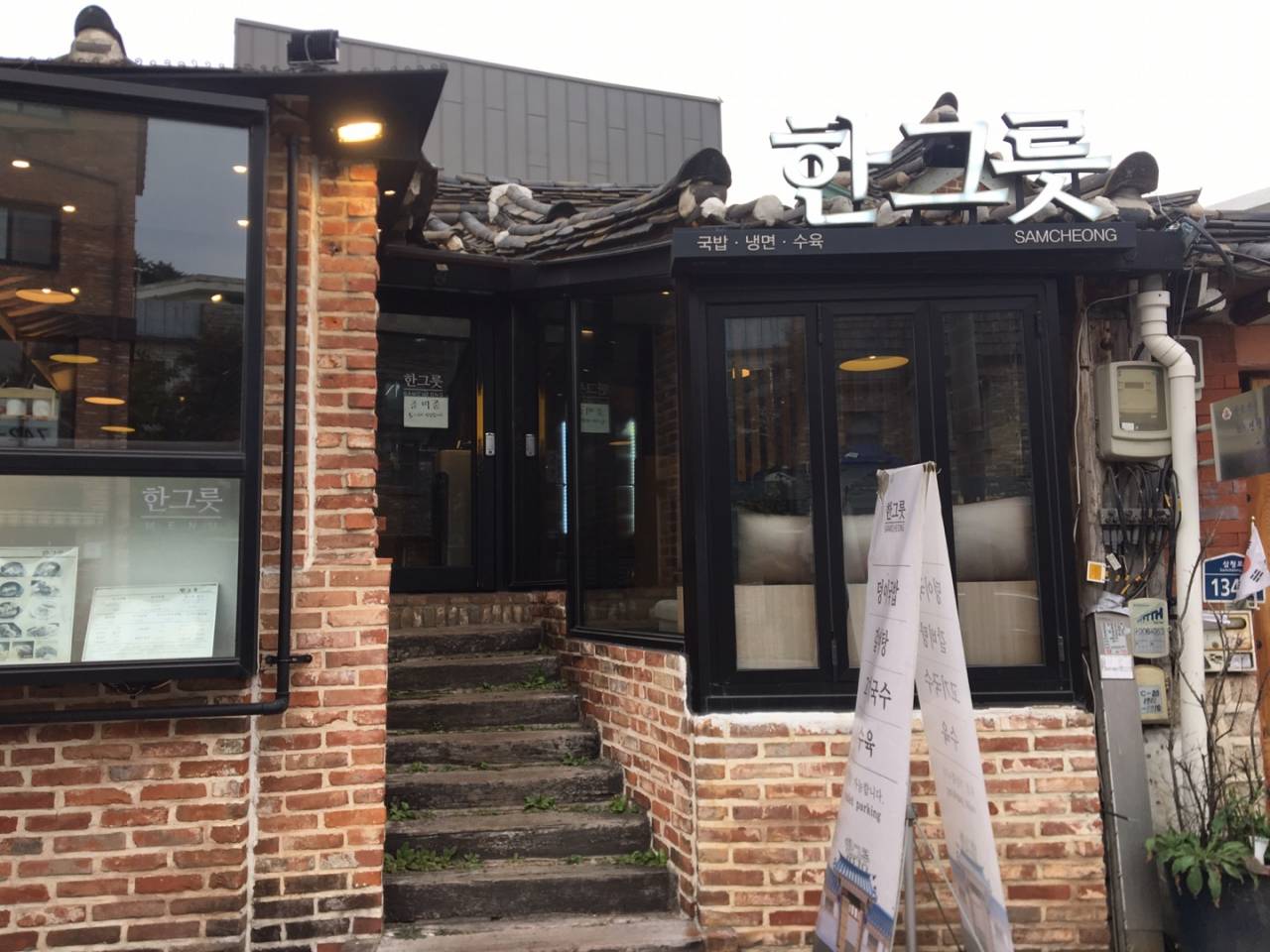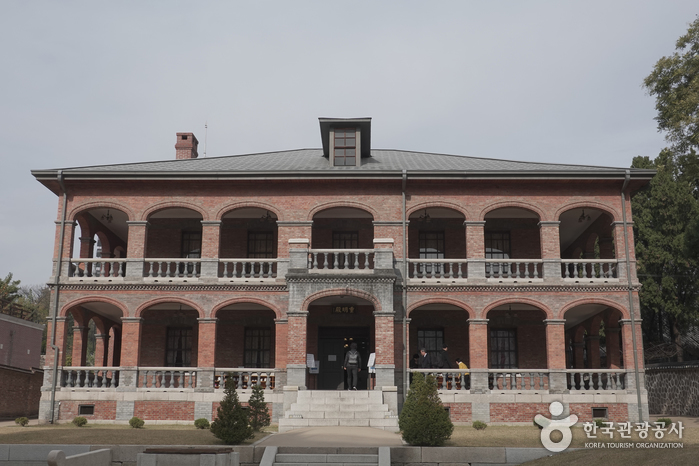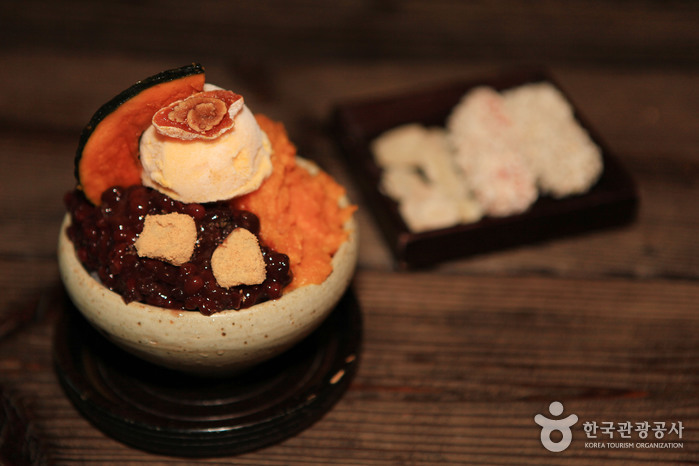Hangeureut (한그릇)
3.1Km 2021-03-18
136, Samcheong-ro, Jongno-gu, Seoul
+82-2-720-5613
A store that also serves delicious meat noodles. The best menu at this restaurant is rice soup. This is a Korean cuisine located in Jongno, Seoul.
Hall de Jungmyeongjeon (중명전)
3.1Km 2024-12-18
41-11, Jeongdong-gil, Jung-gu, Seoul-si
+82-2-752-7525
Le Hall Jungmyeongjeon est situé à côté du théâtre Chongdong. On peut y accéder facilement en longeant le mur de pierre du Palais Deoksugung. Ce bâtiment de trois niveaux de style occidental, conçu par l’architexte russe Seredin Sabatin, a accueilli la bibliothèque impériale entre 1897 et 1901. Il était connu à l’origine sous le nom de Suokheon.
Après l’incendie du Palais Deoksugung, le Hall Jungmyeongjeon est devenu le bureau principal de l’empereur Gojong pour y discuter des affaires nationales et y accueillir les dignitaires étrangers. Ce bâtiment a également été le témoin des heures les plus tragiques de l’histoire, avec la signature de l’infâme traité de Eulsa, instaurant le protectorat entre le Japon et la Corée.
Le Hall Jungmyeongjeon se trouvait à l’origine dans l’enceinte du Palais Deoksugung, mais il a été ensuite séparé du palais lorsqu’un mur de pierre a été construit entre les deux. Il présente un style architectural coréen moderne, mais malheureusement, il a perdu une grande partie de sa structure originale à l’exception de son extérieur à cause d’un incendie en 1925. Après la libération du joug japonais le 15 août 1945, le Hall Jungmyeongjeon a eu différents usages. En septembre 2006, la propriété du Hall Jungmyeongjeon est passée à l’Administration des Biens Culturels, et il a été classifié comme appartenant au Palais Deoksugung en tant que Site Historique n° 124 en février 2007.
Suyeonsanbang (수연산방)
3.1Km 2016-12-16
8, Seongbuk-ro 26-gil, Seongbuk-gu, Seoul
Suyeonsanbang, a traditional Korean tea house located in Seongbuk-dong, was originally the house where the late Korean author Lee Tae-Jun wrote many of his books. Now, his estate has opened Suyeonsanbang’s doors to the public in the form of a charming and peaceful tea house. Famous for its savory tea, beautiful nature, and rich history, Suyeonsanbang has been covered by a variety of foreign media outlets like NHK (Japan), BBC (UK), French TV channels, and numerous Japanese magazines. To take a break during the summer heat, visitors come to Suyeonsanbang to try their patbingsu (shaved ice with red beans), one of its summer specialties. So come relax and be inspired in this traditional Hanok tea house.



 Français
Français
 한국어
한국어 English
English 日本語
日本語 中文(简体)
中文(简体) Deutsch
Deutsch Español
Español Русский
Русский